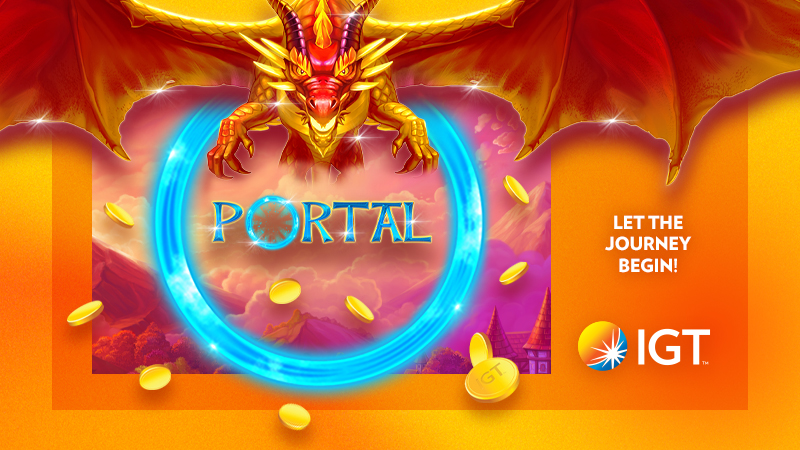HOW DOES YOUR LOYALTY BUSINESS MODEL MEASURE UP?
A successful loyalty program has to enhance the customer’s experience at every touch point, NOT make it worse. Rewards points need to be seen as valuable, and your loyalty system needs to be tailored to your individual, high-value member’s needs.
Some clubs are making simple mistakes when choosing a loyalty system or business model. But those simple mistakes could inadvertently undermine the success of the program.
Some of those mistakes could be teaming up with a third-party company who doesn’t really have an understanding of the gaming experience, thinking that a loyalty program as a “set and forget” system or hoping members will be proactive and join themselves. Another error is using the wrong staff in-house who don’t have that mission critical response to their needs.
For example, if a VIP gamer requires help on the weekend they must be looked after on the spot, not on Monday morning or when your third-party partner says they are available. Many of your bigger gamers frequent your venue at night or over the weekend, so your busiest days with loyalty are probably going to occur across Thursday, Friday, Saturday and Sunday.
THIRD PARTY POINTS AND OFFERS
There are also some systems that promote generating reward points from third party retailers. However, if it is not a mutual partnership like Qantas and Woolworths for instance, where members can accumulate lots of points BOTH ways –these systems are not worth the effort. They are isolated, random offers that make the customer do a lot of work for little reward.
A VIP gamer in a club can accumulate a lot of points but most points offers outside of the clubs aren’t really worthwhile for the member to pursue unless you are going to sign up major partners where the spend is frequent and/or high (and where the ability to accumulate points is higher) like Telstra, Coles, Woolworths or Qantas for instance.
Local shop partners like the mattress store, the light shop, the tyre place etc. are all intermittent, occasional purchases, so the chance to accumulate points is extremely limited. You will not be able to get companies like Coles or Woolworths as a partner when it comes to accumulating points – they have their own points programs and will not participate in yours.
Another problem with these types of third party retailer’s programs is that the staff at the store aren’t always familiar with the program and who gets what, so the member is often annoyed, or even embarrassed at the point of purchase because the offer is not available, or the staff members doesn’t know about it. And who do they blame? The club for putting them in that situation.
There is nothing more frustrating to a loyalty card holder in having a card that does not give them much back. Even worse is having expensively priced loyalty partners where the accumulation of points back to the member just doesn’t make sense to even shop there in the first place, or if the offer of using their points with these partners is limited or of little value. (No one wants to travel all the way across town to get 10% of a loaf of bread after they have had to spend $10 in the store to even receive the offer!)
These systems promise a lot but deliver very little – thereby diminishing your customer’s engagement, rather than enhancing it.
VISA v’s EFTPOS
Some clubs are also contemplating programs in the payment space without understanding the ramifications of the differences between Visa and Eftpos. Visa, because it does not require a personal PIN number for transactions under $100 and can be used freely online, is far less secure than Eftpos and has a much higher fraud rate. Visa transactions can also carry additional service fees, including merchant fees, which are passed onto the customer. Additionally, Visa also has more stringent compliance obligations which can really slow down the onboarding process of your system into the membership.
Given the risks of a higher fraud rate (even if funds can be returned to the customer within 42 days), and the additional transaction fees depending on where the card is used, you really need to weigh up the pros and cons of having a Visa card, instead of an Eftpos card as part of your loyalty system. Because experience shows that the member will blame the club and the loyalty program for the additional fees or problems, not the third party.
Make sure you do your due diligence with any partners and don’t be sold on the fee free models. None of them has ever survived. Even Westfield now has to charge $4.95 a card to cover transactional fees. You certainly don’t want a loyalty payment card that is closed down in the first 12 months and members have to wind down their cards. Woolworths just wound down their MasterCard reloadable prepaid card program as it wasn’t making money, so be warned, even the big players can be caught out sometimes.
Another system that some clubs are utilising involves online stores. However, if your store isn’t the cheapest, best value and has the widest product range online, nobody is really going to use it. People, especially in the club demographic, are very price conscious which is why the likes of Kmart, who is very focused on its target market and offers a huge range of value products, are booming over other retail stores. If your online store can’t compete with Kmart, what’s really the point? It’s just a glorified showcase – and all the problems and additional resources associated with running and maintaining that.
IT’S ABOUT THEM, NOT YOU
Finally, we all recognise that digital and mobile is the way of the future – especially when it comes to gaming and loyalty. However, make sure you give your members the choice to use the loyalty program the way they want, rather than just the way you want. If you restrict access to your loyalty program by just an email or App gateway, you could run the risk of losing some high-value players to other venues.
Just ensure that when you are looking at ways to expand your loyalty program, you look beyond the hype and do a potential problem analysis (or PPA) before committing. If the system isn’t totally secure, if it is not scalable and able to be built on and enhanced, if it isn’t easy for members to use and understand, if it isn’t measurable and isn’t going to greatly benefit your members, then don’t do it.
Further reading:
Kmart Australia: From clothes to homewares to kids, why the retailer is so successful >>








